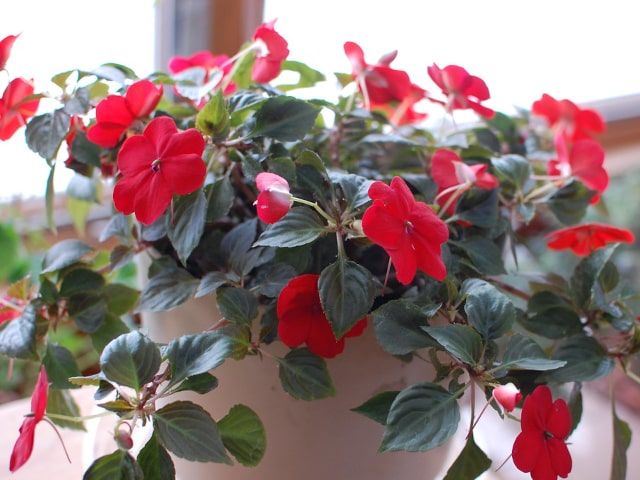
If you want to start Impatiens during winter, here's a good news: you can do it with a bit of skill and even with limited resources. The easiest way to do it is to take cuttings from a healthy and strong donor plant. Starting Impatiens inside during the winter may be a great way to have fun with gardening even during cold months.
The first important thing to keep in mind is to bring the donor plant indoors while it's still warm enough so it won't freeze. You need a healthy and strong plant for the cuttings. Bring the donor plant indoors at an appropriate time and get ready to start new Impatiens.
What You'll Need
Here are some essential materials and items you'll need:
- Donor plant. It has to be mature, strong, and healthy.
- Potting soil
- Perlite, vermiculite or sand
- Scissors, knife or a box cutter
- Rooting hormone
- Plastic 4 or 6 packs
- Pencil
Prepare a clean working area and get some time and patience for the job. The whole thing can be done in several easy steps.
Taking the Cuttings
The first step is to take your cuttings from a mature plant. Take a look at the donor plant and select appropriate branches. They have to be about 2 to 3 inches long. It's best to take cuttings above a leaf. This way, it will eventually grow to form a new branch.
To take a cutting, use a sharp knife or scissors. Carefully, remove a branch and move to the next one. Continue with this until you have enough cuttings (or the donor plant doesn't have any more good ones you can use). If you don't want to plant the cuttings right away, make sure to keep them somewhere where they won't dry out.
Pruning
The next step is to prune the cuttings. You should remove all of the lower leaves, all of the buds and possible blooms. What you should leave is 2-3 leaves at the tip of the cutting. Also, watch for the size. If a leaf is bigger than a dime, it's best to cut off half of it. Why is this important? For the first couple of weeks there are no roots so a new plant can't really support much top growth.
Planting
The next step is to plant the cuttings. Take the 4 (or 6) packs with some good rooting material. You may use perlite, vermiculite or sand. Keep in mind that sand may harbor bacteria, which is not helpful for the new cuttings.
When planting, make a hole into the perlite using a pencil but don't remove it. After this, dip the cut end of a cutting into water and after this into the rooting hormone powder. Place the powdered end of the cutting next to the pencil. Slowly, remove the pencil and insert the cutting into the hole that pencil has made. Another thing to go is to simply position the cutting in the middle of the cell and fill around with Perlite.
Whatever you choose to do, be gentle. Remember: Impatiens tend to be delicate so you have to make sure you don't snap the stem or crush the cuttings.
Fill your 6-packs with your soil-less rooting material. I use Perlite. Sand is OK but may harbor bacteria that might harm your starts. Work the pencil into the Perlite in a cell. Dip the cut end of a cutting into water and then into the rooting powder. Position the powdered end of the cutting next to the pencil, right where it meets the Perlite. As you remove the pencil, insert the cutting into the space where the pencil was. Or you could just position the cutting in the middle of the cell and fill in around it with Perlite. Be gentle. Impatiens are fairly delicate and you can crush or snap the stem.
After planting, make sure to water your cuttings. Continue with this practice in the following days. Some people choose to put the cuttings under fluorescent lights. These are good because they provide a lot of light but not much heat.
One word of warning: the cuttings will look bad for the fist week or so. Their leaves will have to work hard to support new root growth. Don't worry: they will get better.
Transplanting
The next step will happen 2 to 3 weeks after planting. This is when the cuttings are ready to be transplanted in the potting soil. Fill the 4 or 6 pack cells with soil about 1/2 way up. When transplanting, make sure to never pull on the cuttings from the cells. Instead, tip the 6 pack gently to shake the cutting out.
By this time, cuttings should have a good root growth. You can gently tap the root ball to remove loose perlite. Carefully, place the cutting in a cell and then fill the cell with soil. Once the 6 pack is full, put it in a container of water so it can absorb the moisture. Also, it will settle the soil around the roots.
General Care
This is how you start your Impatiens. After transplanting, you should take a good care of them. They will thrive under fluorescent lights. If you take cuttings early in the fall you might be able to make new cuttings out of those pretty soon. This will allow you to stay on a tight propagation schedule. You can easily get a few dozens of plants from just one you brought inside after the growing season.
Another thing you can do is to ask for a friend who has Impatiens of a color you like for help. Take a cutting from one of the plants and moisten it. Take it home in a plastic bag and make sure to keep it away from direct sunlight or extreme heat or cold before you can plant it. This way, you will be able to start Impatiens in the color you like.
Photo credit: Ellen Macdonald
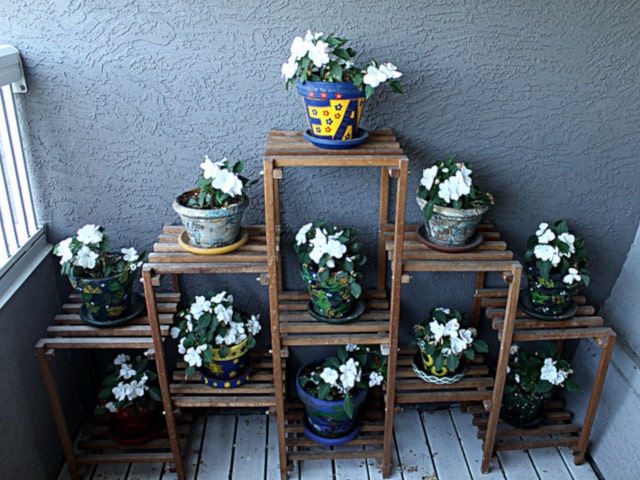
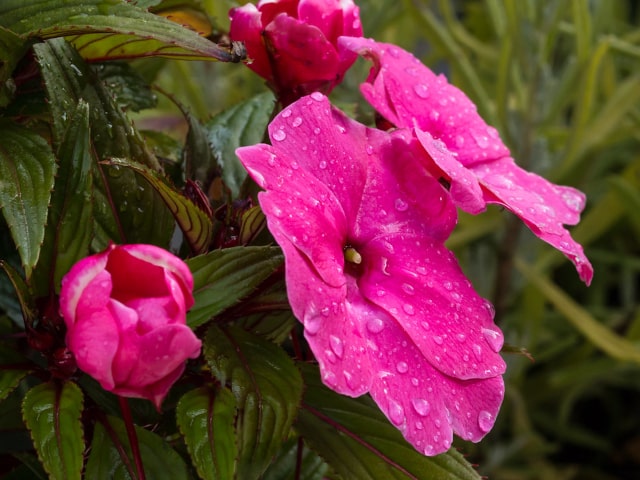
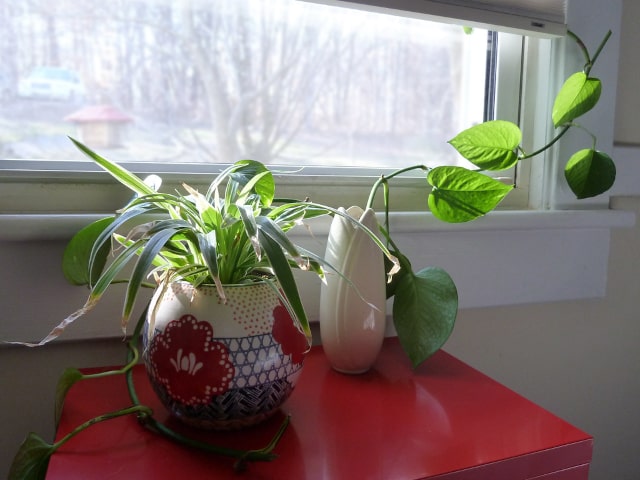
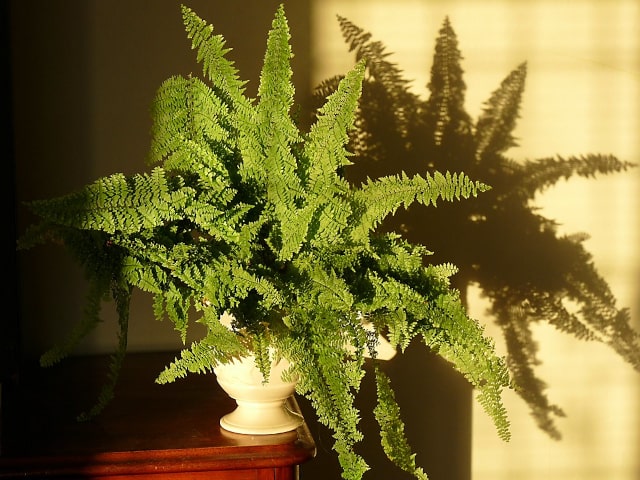
0 Comments